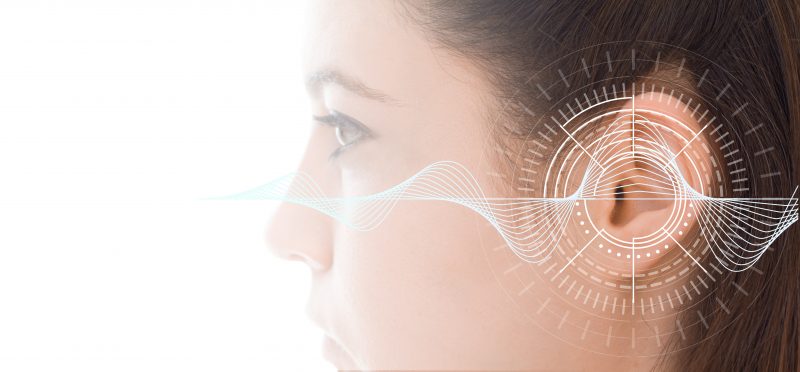The thought of KS2 Physics often strikes fear into the hearts of students, but the reality is that this subject doesn’t have to be so intimidating. With just a few simple tips and tricks, you can ace your KS2 Physics examination, and even learn in a fun and interesting way! In this blog we’ll shine a torch on two of the most complex subjects on the KS2 Physics curriculum – light and sound.
KS2 Physics: Understanding Light
Light allows us to see things – your eyes use the light that bounces off what you are looking at to make sight possible. Dark is the absence of light. Most light comes from one main source – The Sun. Sunlight takes about 8 minutes to reach Earth. During night-time, whichever part of Earth you are on has rotated away from the Sun. So, it cannot receive direct sunlight, making
it dark outside.
While the Sun is a source of light, the moon is not. Moonlight exists, but it is actually just reflected light originating from the Sun.
Of course, there are other sources of light in everyday life, such as lightbulbs, candles, phone screens and televisions. Inventions such as these have made seeing things at night-time possible.

How Light Behaves
Light only travels in straight lines, and will reflect off of any material – although some materials reflect more light than others. Light will reflect off the surface at the same angle at which it hit the surface. So, it is possible to use shiny things to aim beams of light, like with a ruler in a classroom! Different things will happen to light depending on the properties of the material it encounters:
Smooth, shiny, and light-coloured surfaces…
- Will reflect a lot of light.
- This makes them useful for things like mirrors, which let us see ourselves (our reflections!), behind us or around corners.
- Reflective surfaces also help us be seen in the dark.
Rough, dull, and dark-coloured surfaces…
- Will reflect very little light.
- Will absorb light, stopping it from travelling.
- This makes them useful for blinds and curtains; anything where light needs to be blocked out.
Meanwhile:
- Transparent materials: Allow light to pass through them – like a window made of clear glass.
- Translucent materials: Allow some light to pass through them – like a green glass bottle.
- Opaque materials: Allow no light to pass through them – like the wood of a tree’s trunk.
KS2 Physics: Understanding Sound
A sound is produced when something vibrates. For example, when a guitar string is plucked, its movement affects the air and sends vibrations towards your ears. This vibration travels into your ear, which is able to process the sound and tell your brain what noise was made. The speed of sound is many times slower than the speed of light. A human is able to speak and make noise with his/her larynx (voice box), located in the throat. The larynx produces vibrations, and therefore sounds, when air passes through it. These vibrations are directed to come out of the mouth, so humans can control them to produce complicated speech.
How Does Sound Travel?
Sound can also travel through solids and liquids, as they are able to carry vibrations as well. Sound actually travels faster through solids and liquids than it does through air and other gases. Of course, some materials are better carriers of sound than others, and some things are designed to stop sound travelling.
Sound needs something to travel through in order to reach your ears, because a vibration cannot travel through nothing – it needs a medium to carry it. This means that sound cannot travel through a vacuum. For example, sound cannot travel through outer space.
The Features of Sound
Pitch refers to how high or low a sound is. That is to say, the more high-pitched a sound is, the squeakier it is. So, the more low-pitched a sound is, the deeper it is. On a guitar for example, shorter strings will produce higher pitched sounds than longer strings. Different pitches cause different musical notes. Similarly, on a glockenspiel, the longer keys produce deeper notes than the shorter keys. This is because a smaller key produces faster vibrations.
The loudness of a sound refers to its volume and intensity. The opposite of ‘loud’ in this case is not ‘quiet’ as you might expect, but ‘soft’. In the case of the instruments mentioned on the previous page, the amount of force you apply to a string or key will affect the loudness of sound produced. The loudness of a sound is measured in decibels (dB).

KS2 Products You Might Be Interested In
If you’ve found this blog interesting or useful, then you’ll be delighted to know that we have an entire book filled with KS2 Physics Guidance. This workbook is the ultimate resource for any aspiring science students. So, don’t hang around, purchase your copy today!
